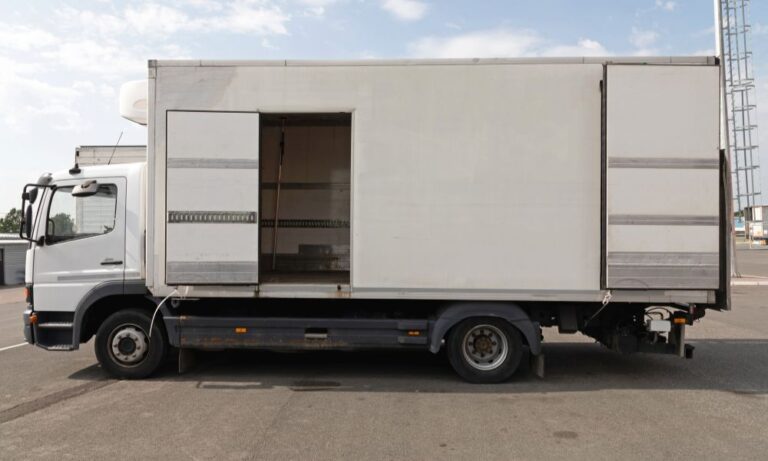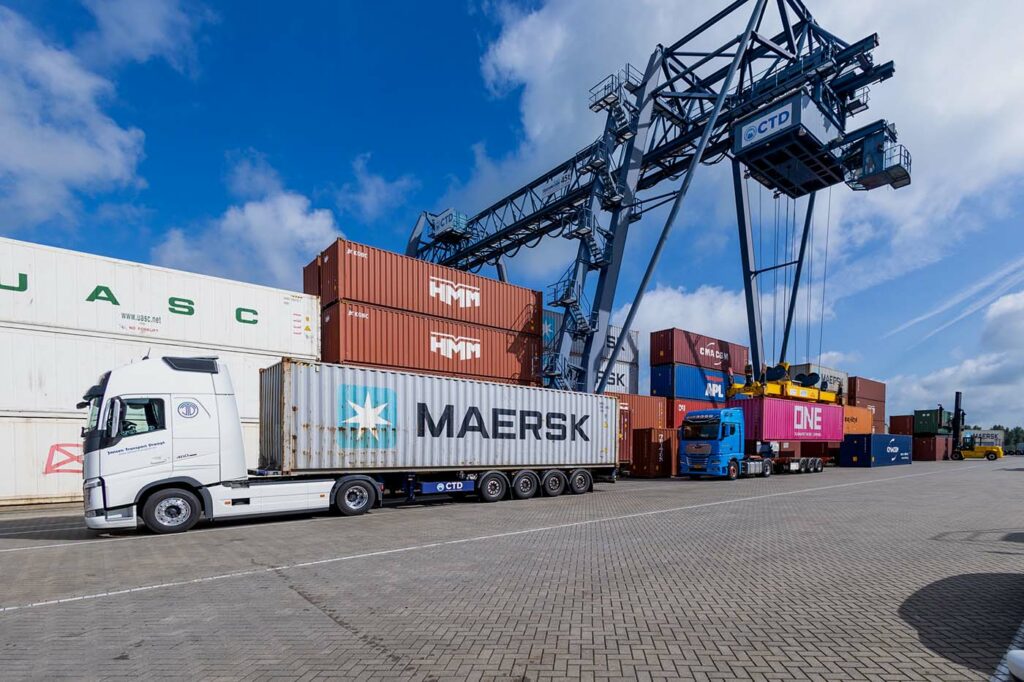In an era where safety is paramount, the quest for the safest transport vehicle has become increasingly significant. Whether for personal use, public transportation, or freight logistics, understanding the safety features and performance of various vehicles is essential. This article delves into the intricacies of transport safety, examining various vehicle types, their safety ratings, and the technologies that enhance their protective measures.
Understanding Vehicle Safety Ratings
Before we explore specific vehicles, it’s crucial to understand how safety is measured. Organizations like the National Highway Traffic Safety Administration (NHTSA) and the Insurance Institute for Highway Safety (IIHS) conduct rigorous testing and provide safety ratings based on crash tests, rollover resistance, and other critical factors. These ratings serve as a benchmark for consumers and manufacturers alike, guiding decisions in the pursuit of safer transport options.
The Role of Technology in Vehicle Safety
Modern vehicles are equipped with advanced safety technologies that significantly enhance their protective capabilities. Key innovations include:
- Adaptive Cruise Control (ACC): This system automatically adjusts the vehicle's speed to maintain a safe distance from the car ahead, reducing the likelihood of rear-end collisions.
- Automatic Emergency Braking (AEB): AEB systems detect potential collisions and apply the brakes if the driver fails to respond in time, providing an essential safety net in critical situations.
- Lane Departure Warning (LDW) and Lane Keeping Assist (LKA): These technologies alert drivers when they unintentionally drift out of their lane and can even steer the vehicle back into its lane, minimizing the risk of accidents caused by driver inattention.
- Electronic Stability Control (ESC): ESC helps prevent skidding and loss of control during sudden maneuvers, particularly in adverse weather conditions.
- Advanced Airbag Systems: Modern vehicles are equipped with multiple airbags that deploy in various configurations to protect occupants during a collision, significantly reducing the risk of injury.
Evaluating the Safest Transport Vehicles
- Passenger Cars
When it comes to personal vehicles, several models consistently rank high in safety ratings. The Volvo XC90, for instance, is renowned for its robust safety features, including a comprehensive suite of driver-assistance technologies and a strong structural design. Similarly, the Tesla Model 3 has received accolades for its crash test performance and innovative safety features, such as its Autopilot system.
- SUVs and Trucks
In the SUV category, the Subaru Ascent stands out with its EyeSight Driver Assist Technology, which includes features like pre-collision braking and adaptive cruise control. For trucks, the Ford F-150 has made significant strides in safety, offering advanced safety features and a high crash-test rating, making it a reliable choice for both personal and commercial use.
- Public Transport
Public transport vehicles, such as buses, also prioritize safety. The New Flyer Xcelsior bus model incorporates advanced safety technologies, including collision avoidance systems and enhanced visibility features. These vehicles are designed not only for passenger safety but also to protect pedestrians and cyclists.
- Freight and Commercial Vehicles
In the realm of freight transport, the Volvo FH series is recognized for its safety innovations, including a collision warning system and lane-keeping assistance. These features are critical in reducing accidents in commercial transport, where the stakes are often higher due to the size and weight of the vehicles involved.
The Future of Transport Safety
As we look to the future, the integration of artificial intelligence (AI) and machine learning into vehicle safety systems promises to revolutionize transport safety. Autonomous vehicles, equipped with sophisticated sensors and algorithms, have the potential to eliminate human error, which is a leading cause of accidents. However, the transition to fully autonomous transport will require rigorous testing and regulatory oversight to ensure safety standards are met.
Conclusion
Determining the safest transport vehicle involves a multifaceted approach that considers vehicle type, safety ratings, and the latest technological advancements. As consumers, it is essential to stay informed about the safety features available in different vehicles and to prioritize those that offer the highest levels of protection. With ongoing innovations in vehicle safety technology, the future of transport looks promising, paving the way for safer journeys for all.


